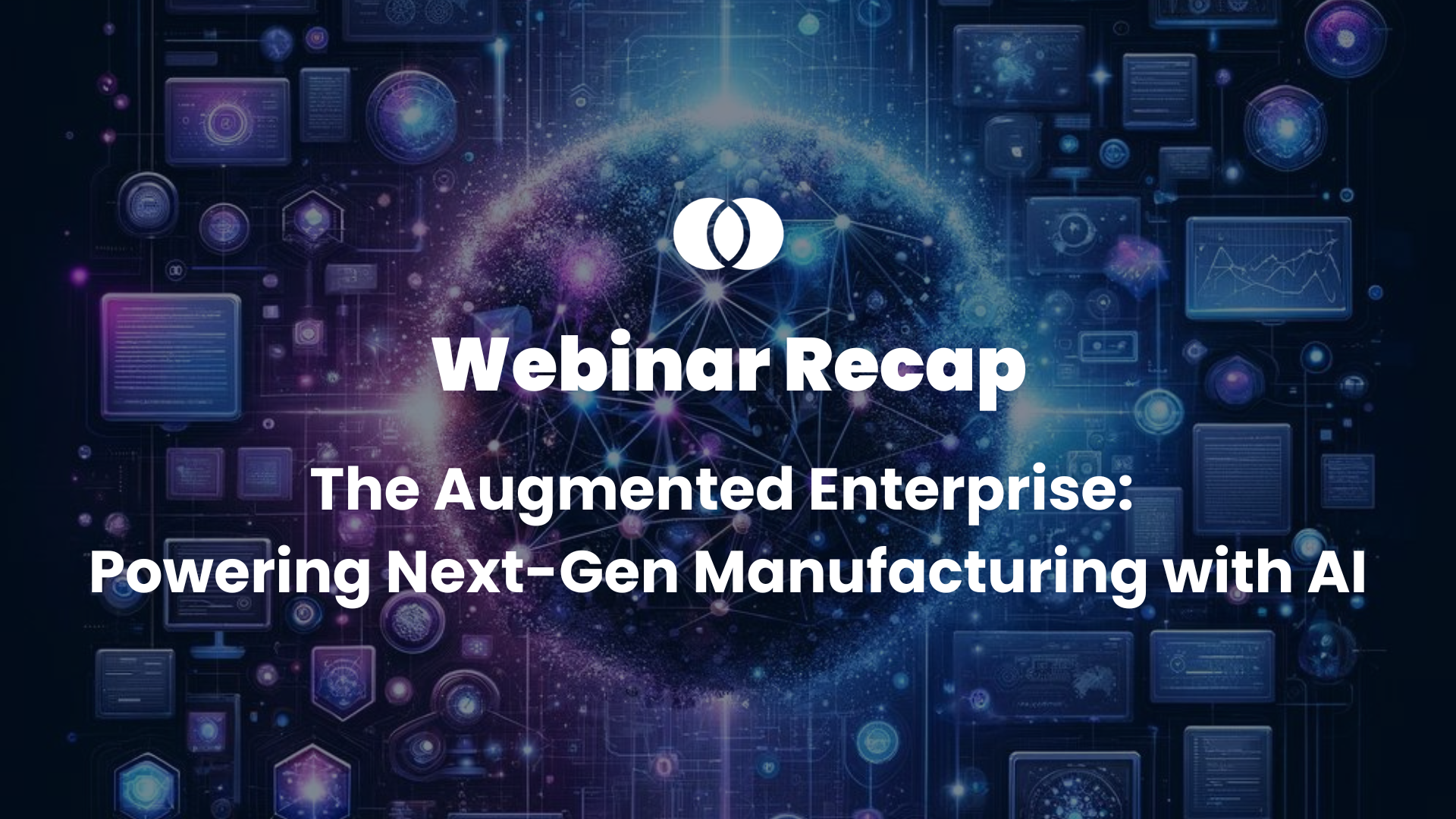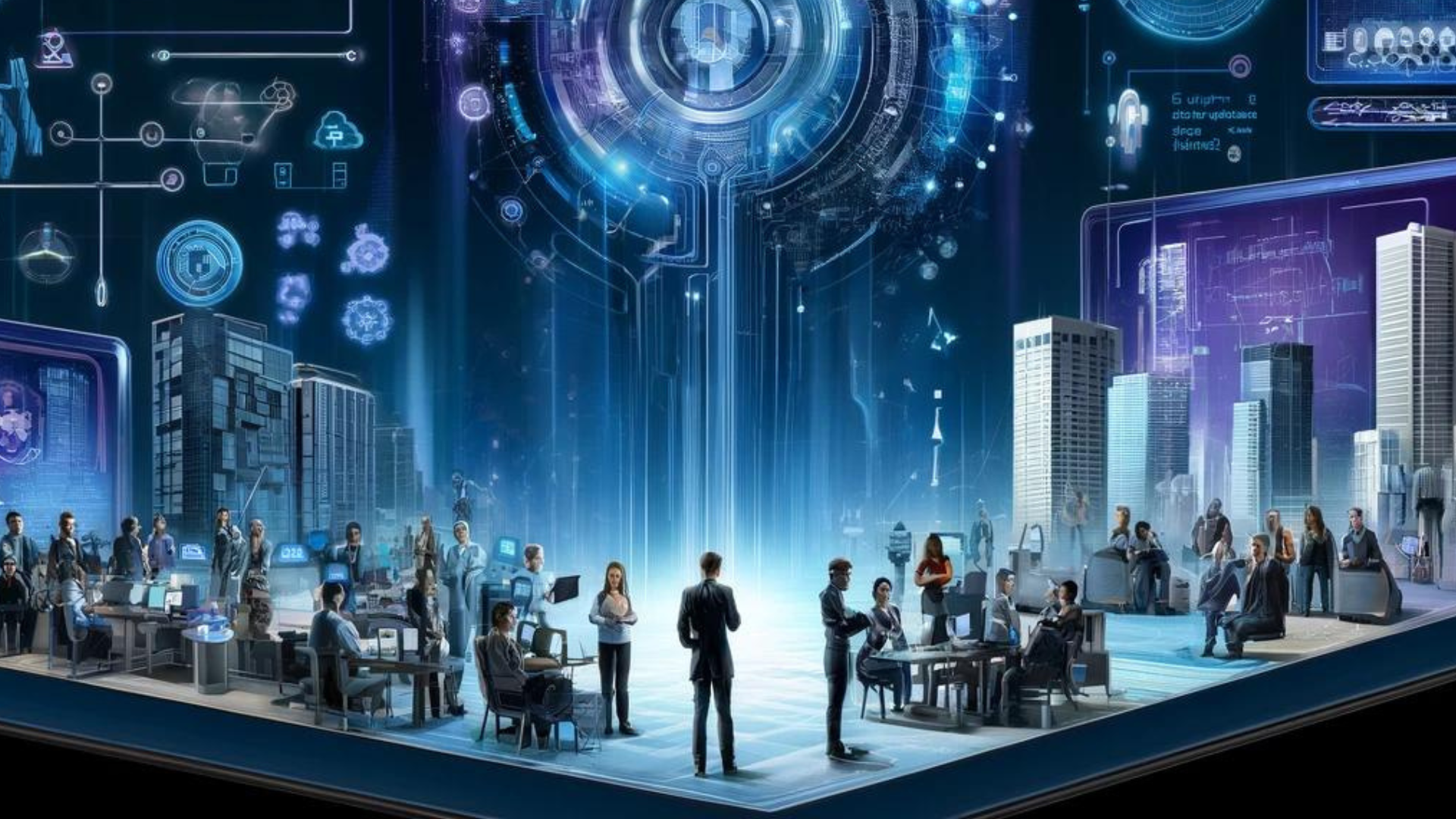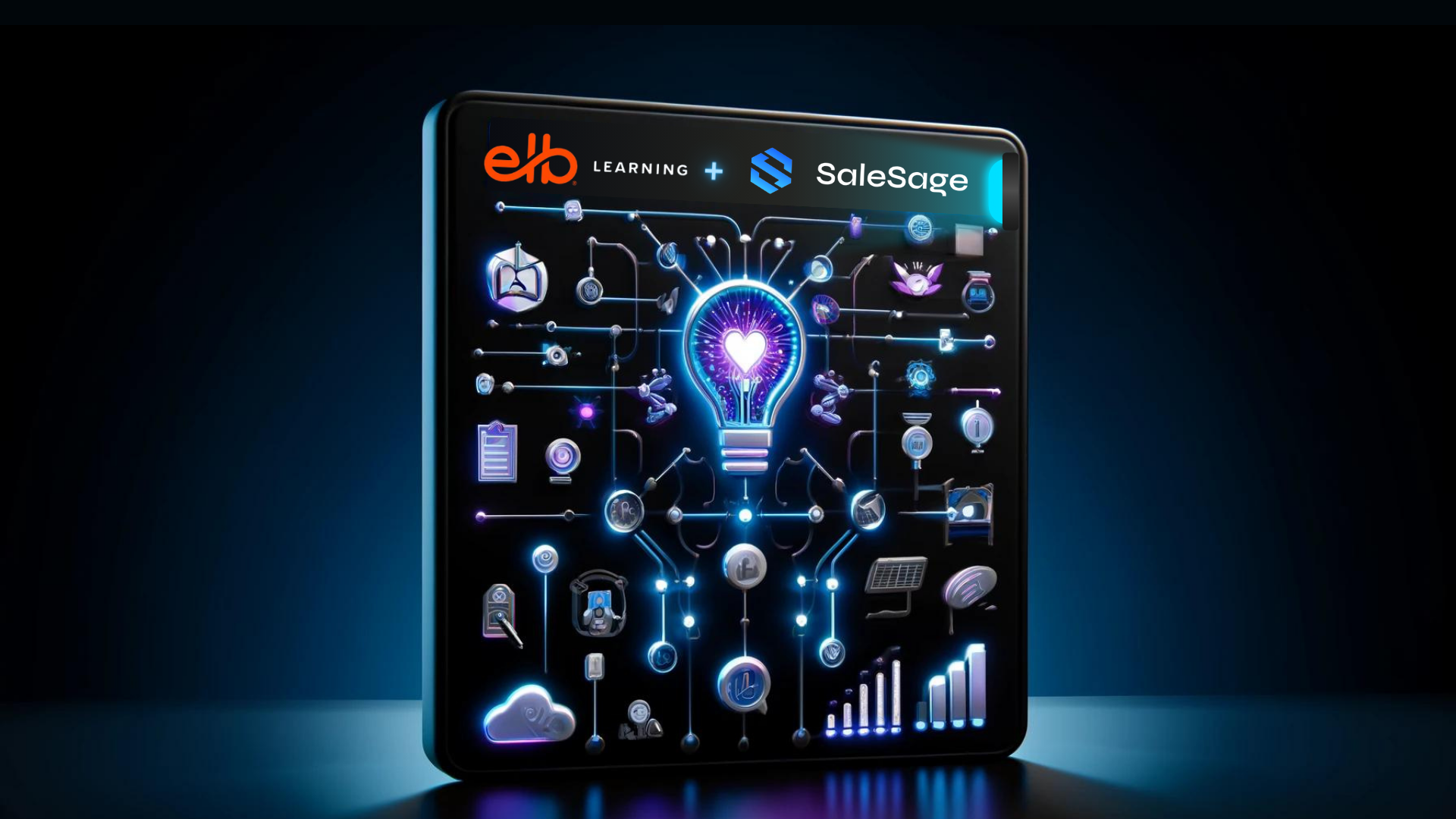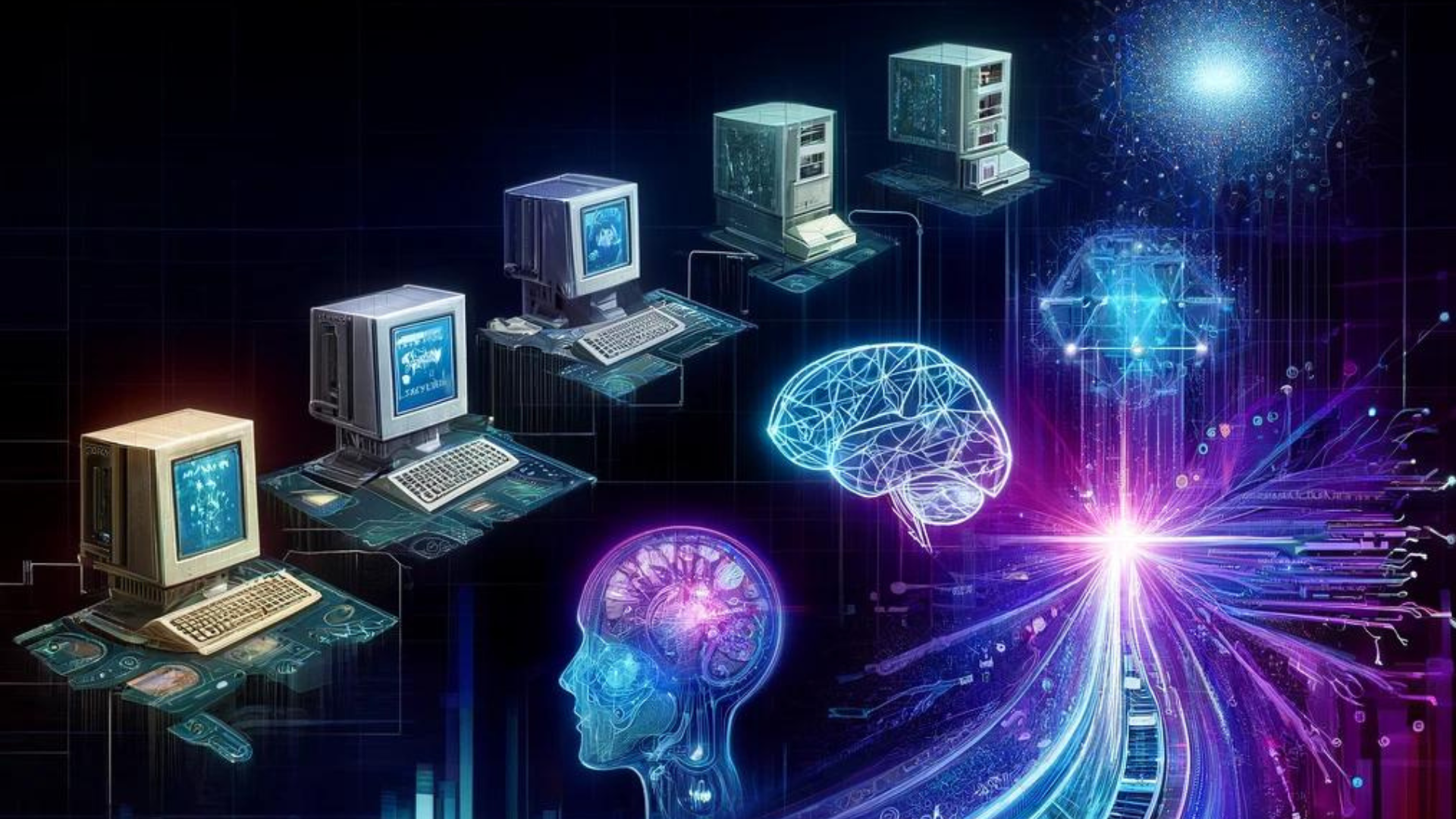In a recent webinar hosted by Catalyst Connection, featuring Mike Hruska, we explored the transformative power of AI in manufacturing. This event, titled “The Augmented Enterprise: Powering the Next Generation of Manufacturing with AI,” provided profound insights into how AI technologies are set to revolutionize manufacturing, driving efficiency, innovation, and growth.
Transformative Potential of AI in Manufacturing
The webinar underscored AI’s transformative potential in manufacturing, with Mike Hruska leading the discussion. Mike shared his journey from early tech tinkering to assisting organizations across sectors in leveraging emerging technologies. He highlighted AI’s significant impact areas in manufacturing, such as predictive maintenance, quality control, and process optimization, emphasizing the importance of upskilling, digital transformation, and strategic AI pilot selection toward realizing an “augmented enterprise.”
A standout moment was Mike’s perspective on AI as not merely a tool but as a teammate within organizations. He shared compelling anecdotes from workshops where AI augmented collective intelligence, leading to innovative solutions and strategic insights. This approach showcases AI’s potential to amplify human capabilities, not replace them.
Fostering a Culture of Collective Intelligence
Collective intelligence emerges when groups of individuals collaborate, leveraging their diverse skills, perspectives, and experiences toward a common goal. By incorporating a virtual org chart, organizations can unlock new dimensions of collective intelligence, enabling team members to connect and collaborate more effectively across departments, specialties, and locations.
The integration of a virtual org chart within the framework of collective intelligence significantly enhances an organization’s agility and adaptability. As business needs evolve, the virtual org chart can be quickly updated to reflect changes in roles, projects, and teams, ensuring that the organization remains resilient in the face of change. This fluidity encourages a culture of continuous learning and adaptation, where employees are motivated to develop new skills and take on cross-functional roles.
AI: Beyond Just Software
During the webinar, Mike articulated that AI, at its essence, is akin to exceptionally advanced software. “Once I started to accept AI as really good software, I began to ask, ‘What does this software do?’ It augments us,” Hruska explained, emphasizing the transformative potential of AI in enhancing organizational and individual performance.
Recognizing AI as a tool for augmentation—of individuals, teams, and entire organizations—is crucial for understanding its potential to transform business operations. AI is a design aspiration capable of enhancing human capabilities and organizational effectiveness, serving as a means to navigate the rapidly changing technological landscape.
Harnessing AI in Manufacturing
The core of Mike’s presentation focused on the application of AI in manufacturing, emphasizing predictive maintenance, quality control, and process optimization. He delineated the journey towards becoming an augmented enterprise, stressing the necessity of digital skills upskilling, thoughtful AI pilot selection, and embracing AI as a collaborative partner within the organizational ecosystem.
The integration of artificial intelligence (AI) into manufacturing marks a significant shift toward efficiency and innovation. Through predictive maintenance, AI taps into historical data, allowing for timely repairs that reduce downtime. Predictive quality and yield enhancement further showcase AI’s ability to anticipate failures and adjust processes, ensuring product integrity and optimizing production flow.
AI’s influence extends to scrap reduction and inventory forecasting, minimizing waste and fine-tuning supply chain efficiency. These capabilities illustrate AI’s role in transforming manufacturing into a more sustainable and cost-effective operation.
Process automation is another area where AI shines, identifying bottlenecks and standardizing factory performance across locations, leading to streamlined manufacturing processes. Similarly, predictive maintenance benefits from AI’s data processing capabilities, spotting inefficiencies early to prevent unplanned downtime and focusing maintenance efforts where they are most needed.
In warehouse management, AI-driven automation and robots take over labor-intensive tasks, enhancing safety and allowing for strategic human intervention. Demand forecasting and automated quality control further optimize warehouse operations, improving productivity with a leaner workforce.
As AI continues to evolve, its adoption in manufacturing is set to redefine the industry, enhancing productivity, sustainability, and innovation.
Overcoming Challenges in AI Adoption
Despite AI’s vast potential, integrating it into manufacturing comes with challenges. Mike addressed these hurdles, outlining key considerations for scaling AI solutions, ensuring data reliability, and managing the human aspects of technological change. He advocated for a strategic approach, encompassing comprehensive strategies, governance frameworks, and focused change management initiatives.
Mike addressed the challenges of integrating AI into manufacturing processes, including scaling AI implementations, ensuring data reliability, managing change, and securing executive sponsorship. He proposed a maturity model for AI adoption, urging organizations to transition from reactive stances to strategic, operational, and ultimately innovative phases.
Key Takeaways for the Future
The webinar highlighted several critical areas for organizations looking to leverage AI in manufacturing, including the necessity of upskilling, selecting targeted use cases for AI pilots, and the challenges of scaling AI implementations. It served as a call for manufacturers to embrace AI not just as a technological advancement but as a fundamental shift in how businesses operate, innovate, and compete in the global market.
In concluding, Hruska offered a compelling metaphor to describe the current state of AI in manufacturing: a lubricated, tilted plane propelling us toward a future where technology and human wisdom must align to realize the full benefits of AI. “AI helps us build AI solutions even faster, so we’re at an unprecedented point in human history,” Hruska remarked, encapsulating the rapid advancements and the urgency for companies to adapt to this technological evolution.






